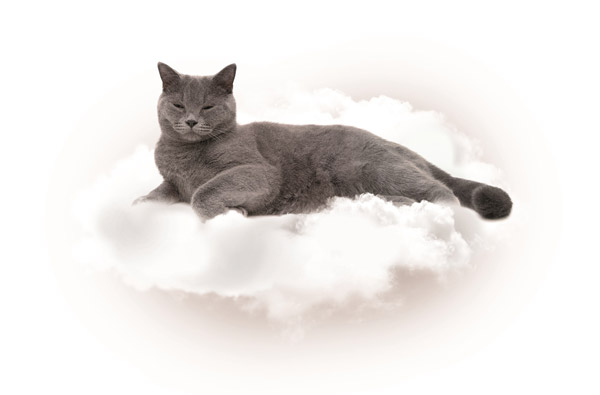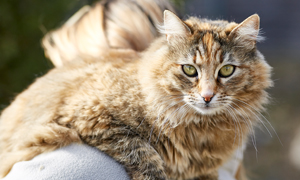
Cat behaviour: is my cat stressed?

The importance of a cat’s territory
Cats are territorial animals. Their well-being is directly linked to the organisation of their territory. In order to ensure the welfare of your cat, his territory should ideally be well organised in clearly defined areas.
A cat needs to have a defined zone for each of his activities: eating, sleeping, hiding, relieving itself, playing and observing.
The cat moves from one area to another by using a precise path that he marks with pheromones.
Knowing if your cat is stressed
If your cat’s territory is disturbed or modified, it can cause stress. Sometimes it is hard to spot signs of stress in cats but if your cat is displaying any of the following behaviours they could be a stressed cat.
- Scratching
- Urine marking & spraying
- Over grooming
- Hiding away and refusing to interact
- Misplaced meowing
- Hostile behaviour
Why your cat might be stressed:
There can be a number of reasons why your cat might be stressed, some you may never know the route cause but often there are situations that are very likely to cause stress, such as
- Unfamiliar places, such as the vets, the car, or a new home
- Other unfamiliar animals
- Travelling in a carrier
- Furniture removal or interior decoration
- Unfamiliar people
- Loud noises
- New smells
What are pheromones and how cats use them
Pheromones are chemical substances secreted in very small quantities by certain areas of the body, which help cats manage their territory and communicate with each other.
Cats use different types of markings to manage territory, such as facial and alarm marking. Cats move from one territorial field to another by taking specific paths, which they mark with pheromones.
Facial markings (when cats are calm)
When cats feel at peace in their environment, they will rub their heads on the corners of furniture, doors or walls. This is called facial pheromone marking and reminds the cat that they feel happy and safe in this territory. Cats will perform this type of marking behaviour on people or pets as a sign of confidence.
Alarm markings (when cats are stressed)
When a cat becomes stressed, or if something changes in their environment, they can release pheromones by urine marking or scratching vertical surfaces (like furniture). These pheromones can trigger stress in other cats that encounter them.

